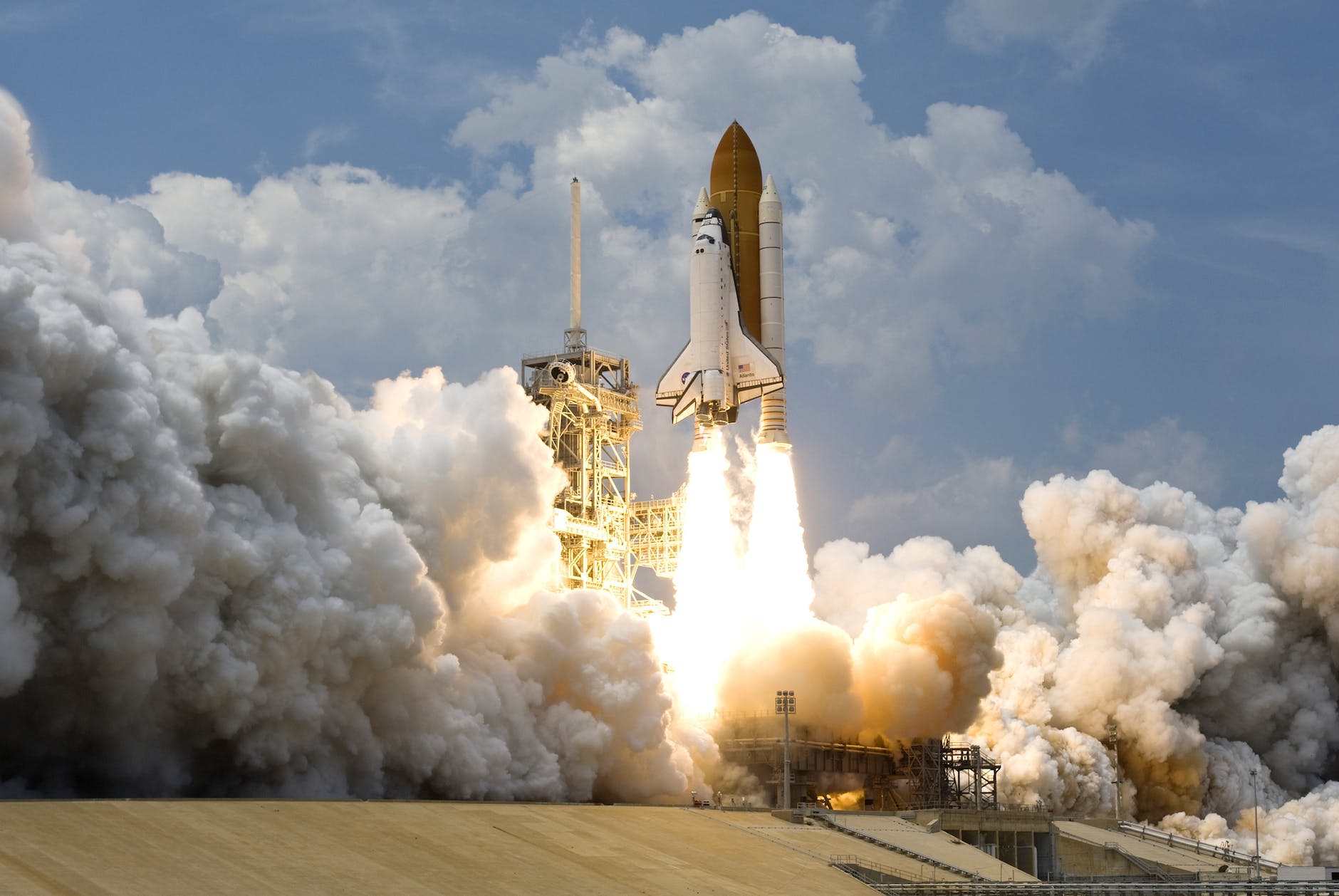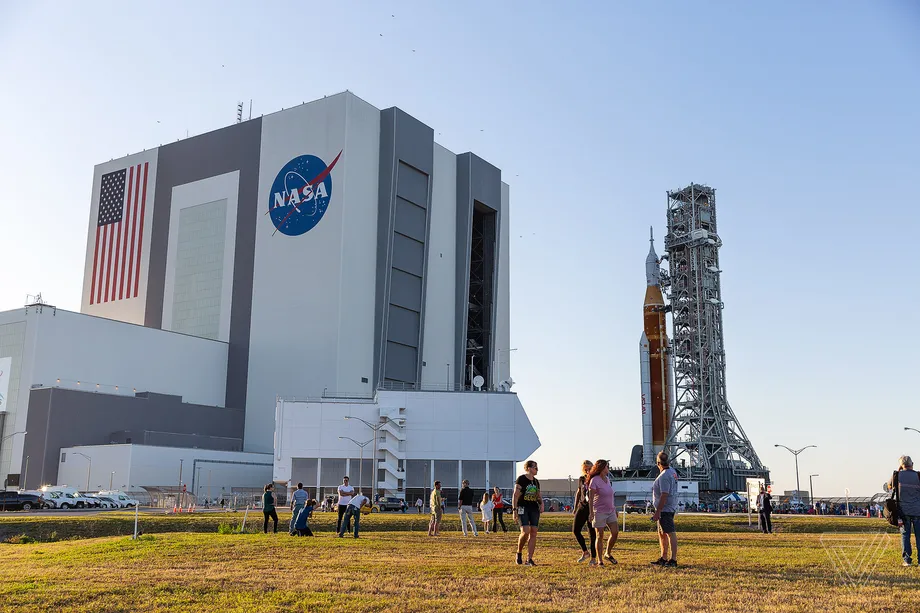According to a statement released by NASA, the agency will not try to launch its Space Launch System in the upcoming days, foregoing potential launch windows on Monday and Tuesday. The statement, which follows two unsuccessful attempts to launch the enormous rocket, will probably cause a delay of several weeks.
The Space Launch System was scheduled to launch for the first time on August 29, 2022. (SLS). Engineers discovered a problem with one of the rocket’s four engines’ temperature and aborted that launch attempt. A persistent hydrogen leak, which Artemis mission manager Michael Sarafin termed as “significant” at a news briefing following the scrub, prevented the second launch attempt. During the attempt on the 29th, a tiny hydrogen leak was also observed, but this one was much bigger.
Whenever it occurs, the launch will be the first for NASA’s SLS, a highly costly, incredibly delayed rocket that has been under development for more than ten years. The rocket was scheduled to launch the unmanned Orion spacecraft on the Artemis I mission. The mission is intended to act as a trial run, laying the groundwork for subsequent trips that will send men to the Moon.

The next Artemis I launch attempt has not yet been scheduled by NASA, but they anticipate knowing more in the coming days.
Engineers are particularly interested in the portion of the fuelling system that assists in supplying the rocket with liquid hydrogen fuel and that can be rapidly disconnected from the rocket after fueling. This “fast disconnect” has a seal around it, which is referred to as “soft goods,” to prevent hydrogen from leaking out. The removal and replacement of the soft furnishings surrounding the quick disconnect is one option under consideration.
Currently, the engineering teams are debating whether it will be preferable to complete this replacement and address any more problems back in the Vehicle Assembly Building (VAB) or if they should remain on the pad. Both strategies have advantages and disadvantages. According to Sarafin, NASA could test the system at cryogenic temperatures if they remained on the launch pad. This would give them a better sense of how the system would react in a real launch. The drawback is that in order to stay at the pad, NASA would also need to construct an environmental cage. The VAB itself would serve as an environmental containment if they returned there.
The second launch attempt would most likely take place in mid- to late-October after a planned human trip to the International Space Station launches earlier that month, according to NASA Administrator Bill Nelson, who spoke shortly after the second launch scrub on Saturday. It takes many hours to roll the megarocket back to the VAB.
There is yet another difficulty. Another timer started on August 16 as the rocket rolled out to the launch site. Prior to having to set back the launch in order to test the batteries in the rocket’s flight termination mechanism, NASA had 20 days to launch the rocket. If something goes wrong during launch and flight, the Space Force can activate the termination device on the rocket to kill it. A 25-day extension was granted by NASA, but that period is almost gone. It must return to the VAB unless NASA is granted another extension.
Also Read:








